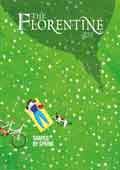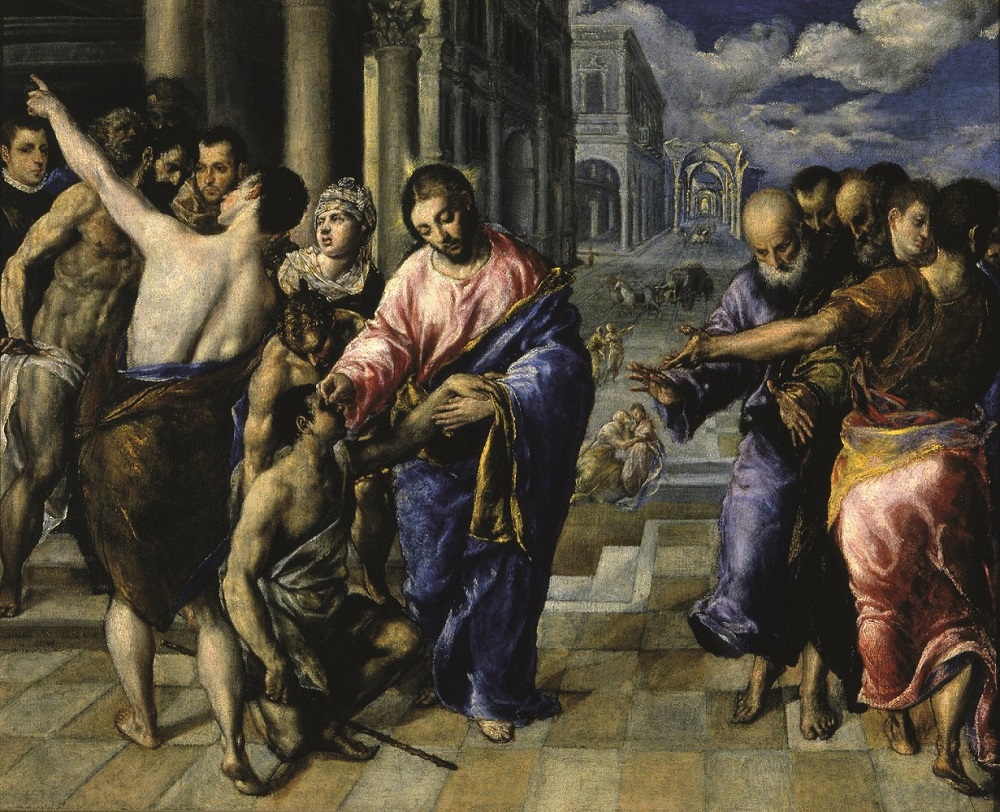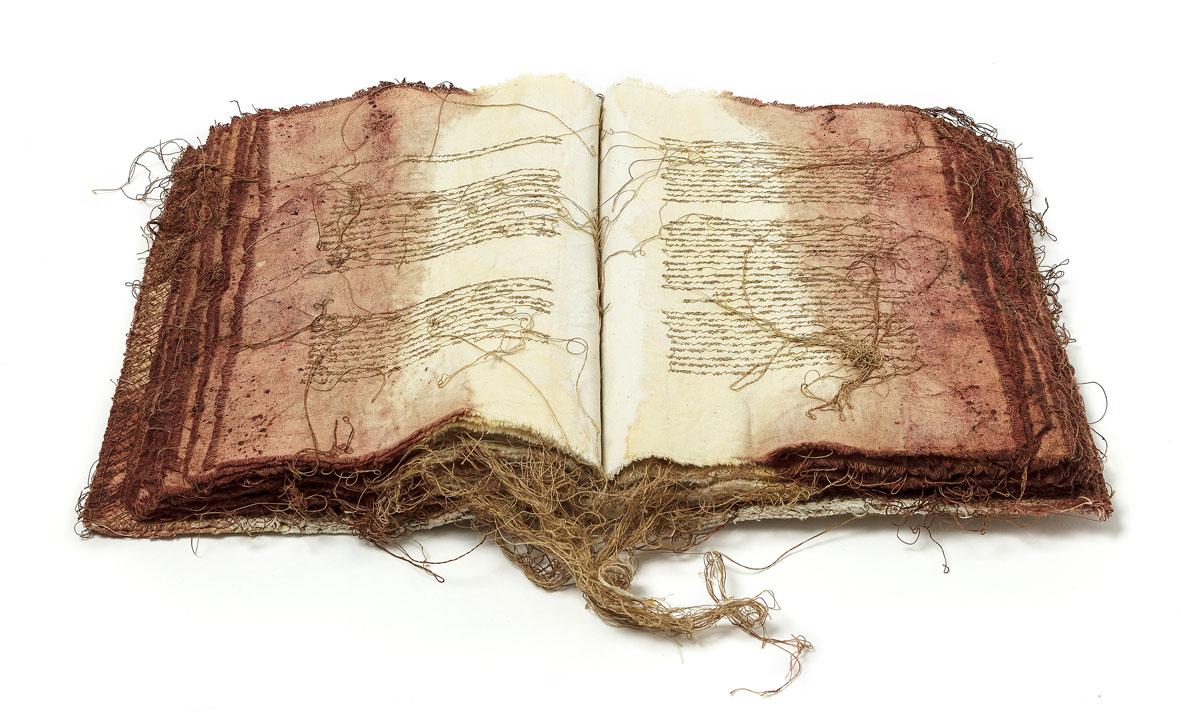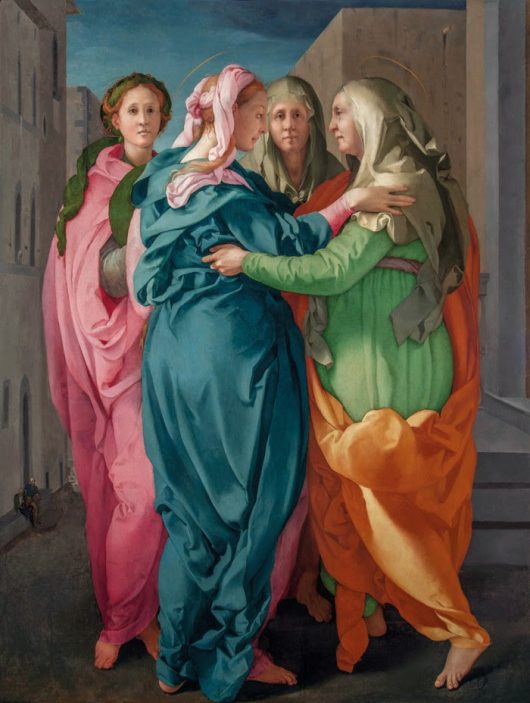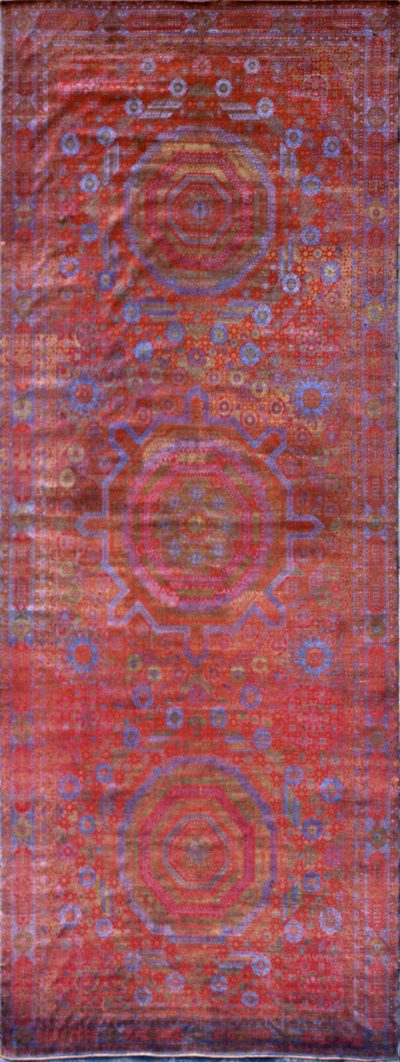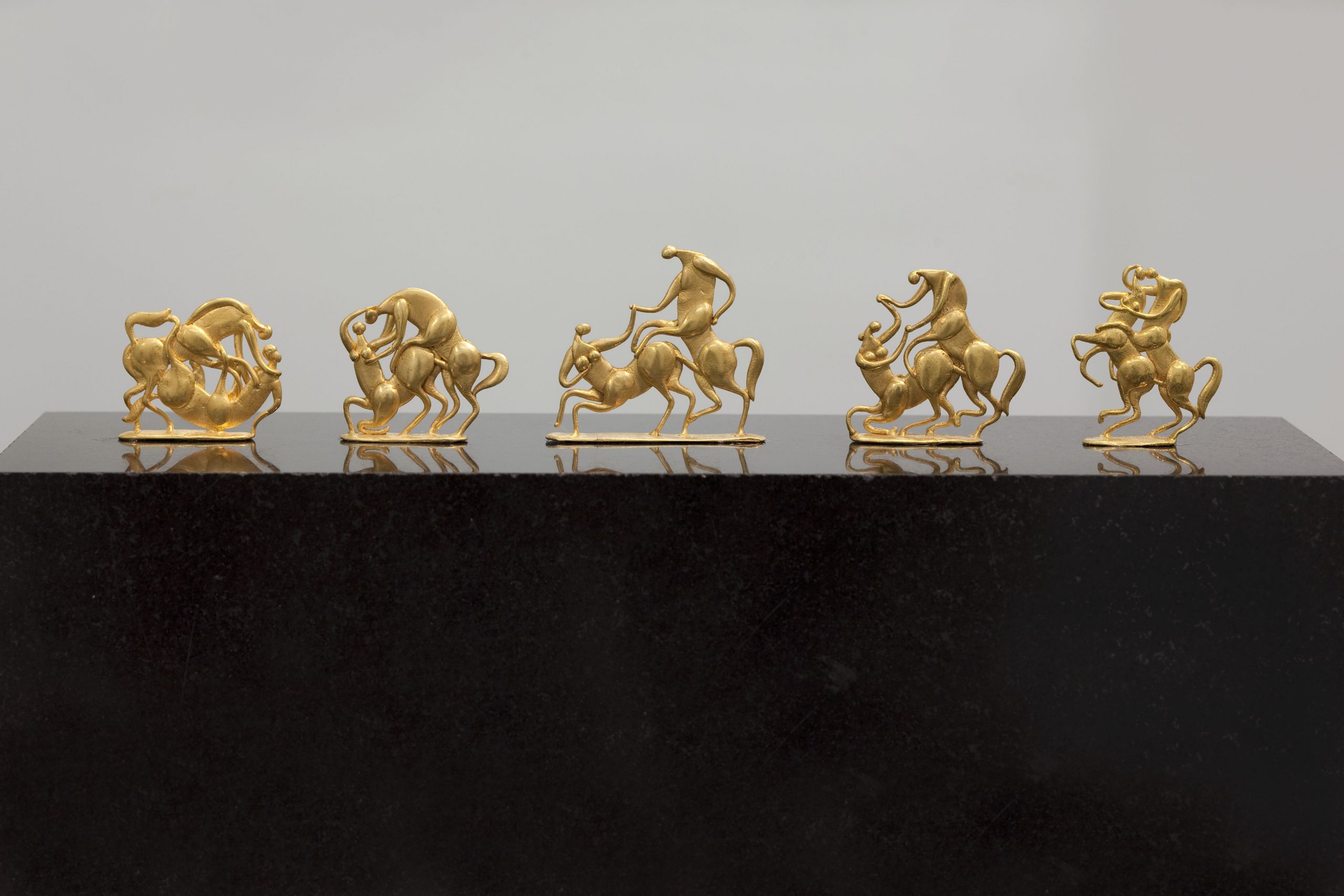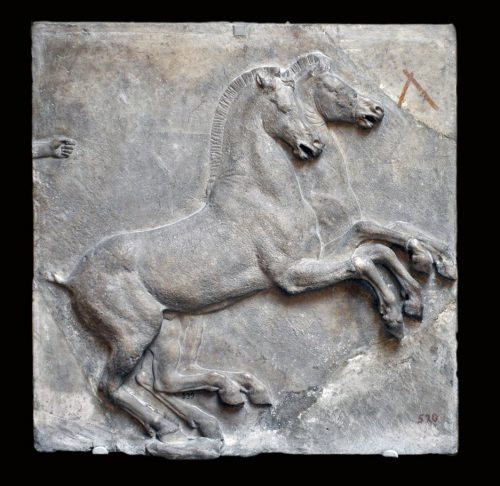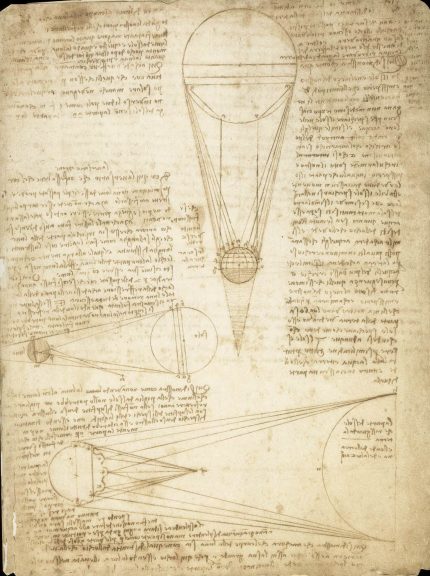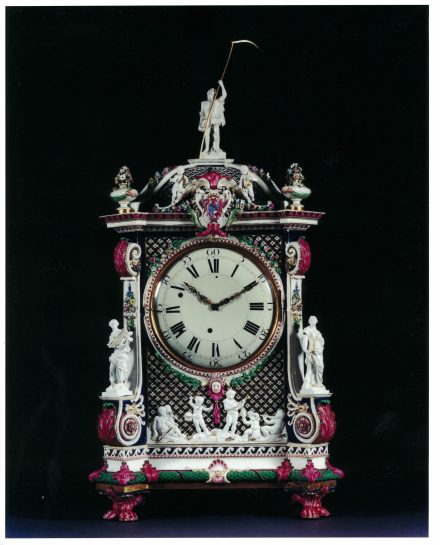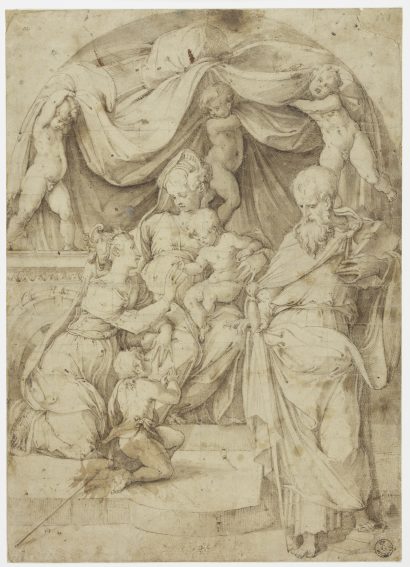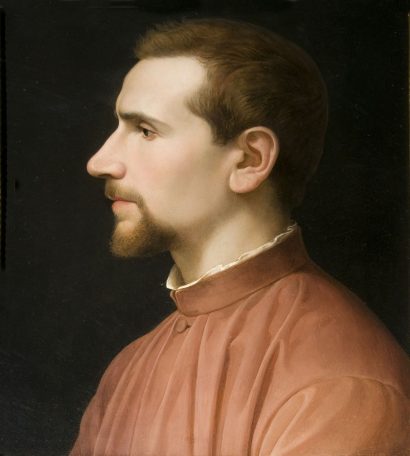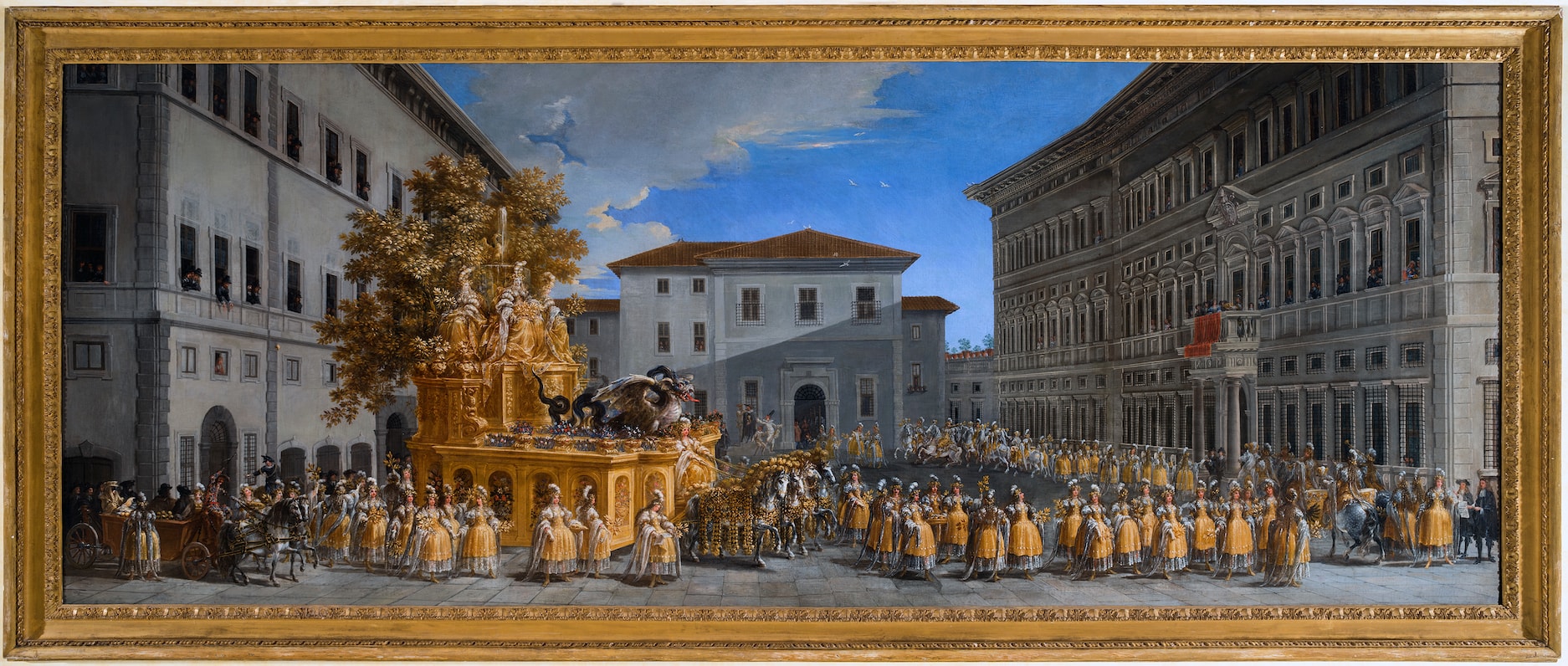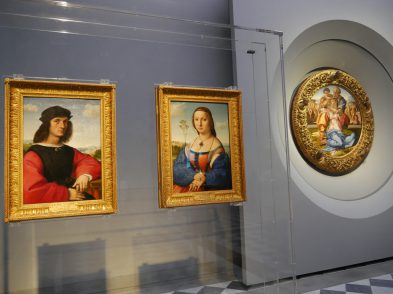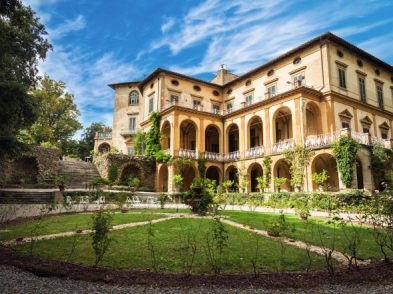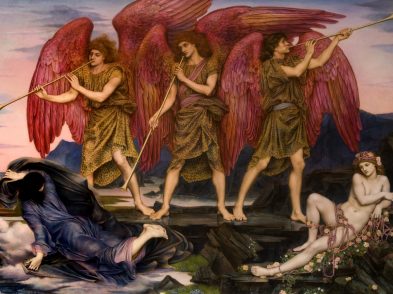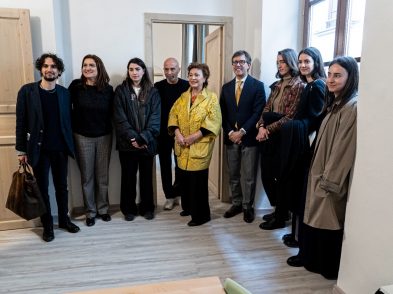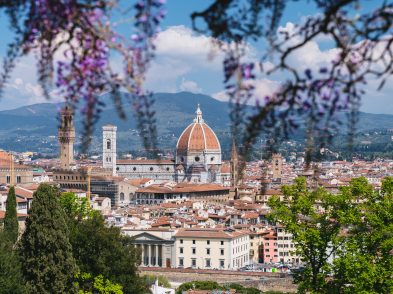While the museums grouped under the Uffizi Galleries umbrella are renowned mostly for their Renaissance masterpieces, the temporary exhibitions they host are impressively varied in genres and eras. Here TF shares the full lineup of exhibitions planned for Florence’s Uffizi Galleries in 2018.
The 18th century: a selection
Curated by Alessandra Griffo
Palazzo Pitti, Sala delle Nicchie
Ongoing until April 15
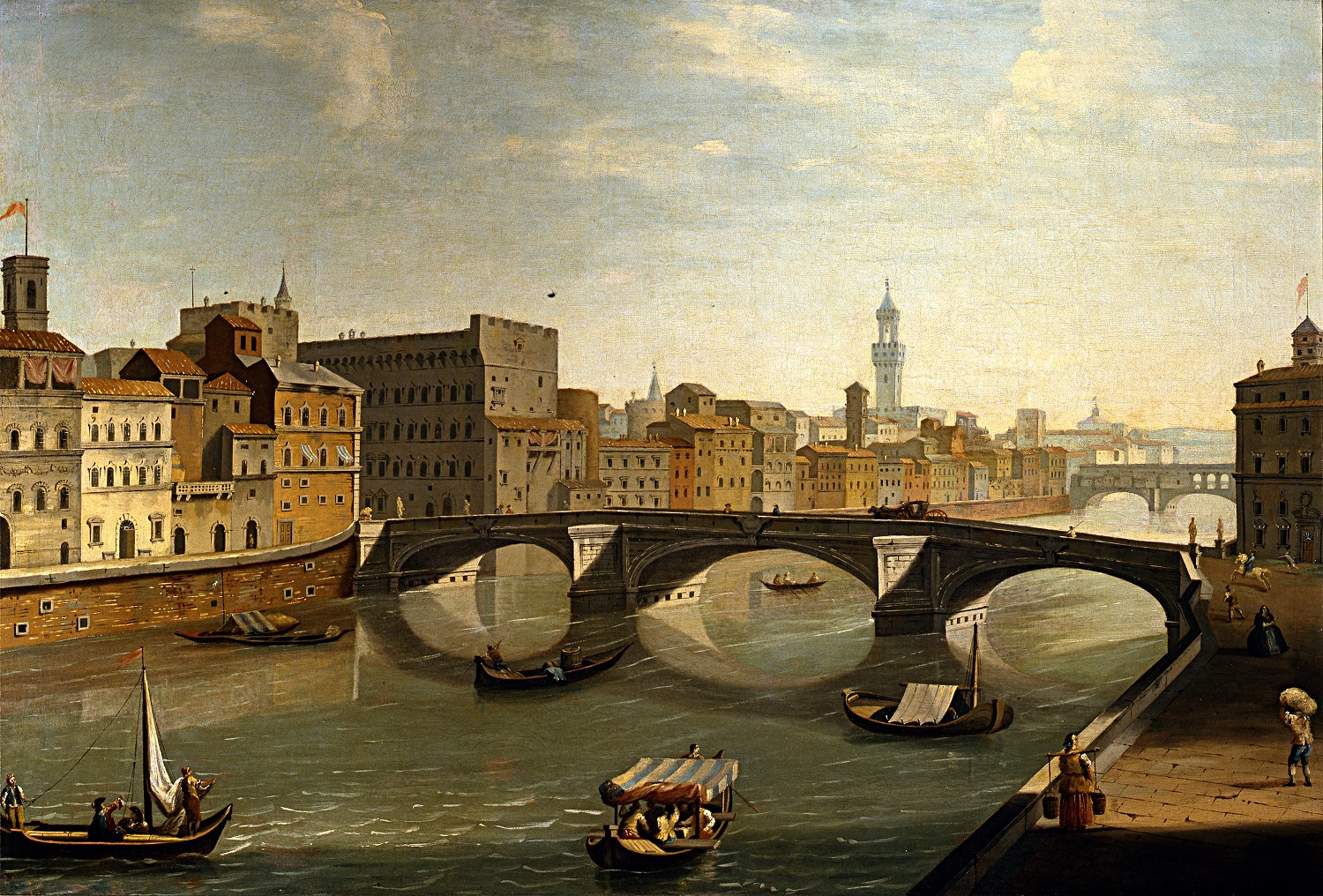
Vincenzo Torregiani, View of the River Arno with Ponte Santa Trinita, 1750 c., Gallerie degli Uffizi, Galleria delle Statue e delle Pitture
To mark 250 years since the death of Canaletto, two of his most famous depictions of Venice are on display alongside views of Florence, Rome and Naples. Beyond Canaletto, the exhibition includes a small selection of 18th-century works taken out of storage and focusing on exclusively secular subject matter. Works by Goya, Fabre, Chardin and Crespi are also featured.
Tribute to Carlo Levi: Il Narciso and three self-portraits
Curated by Claudio di Benedetto
Palazzo Pitti, Modern Art Gallery
Ongoing until April 21
The small squares adjacent to piazza Pitti have recently been dedicated to Carlo Levi and Anna Maria Ichino. To mark the occasion, this exhibition-installation will pay tribute to both Levi’s and Ichino’s roles in the anti-fascist movement. It was right in piazza Pitti that Levi wrote his famous work Christ Stopped at Eboli, and Ichino typed out the manuscript.
Spain and Italy in dialogue in 16th century Europe
Curated by Marzia Faietti, Corinna T. Gallori, Tommaso Mozzati
Uffizi, Magliabechiana Hall
Ongoing until May 27
In the largest display of Spanish drawings kept in the Uffizi Galleries’ Department of Prints and Drawings, the economic and political relationships between Italy and Spain in the 16th century are illustrated. The exhibition includes works by Alonse Berruguete, Francisco Pahcheco, Patricio and Eugenio Cajés, Vicento Carducho, Romolo Cincinnato and Pompeo Leoni, among many others. The collection goes beyond paintings and features statues and work of goldsmiths, demonstrating the Italian-Spanish connections in a multidisciplinary manner.
Painting and drawing like a great master: the talent of Elisabetta Sirani (Bologna 1638-1665)
Curated by Roberta Aliventi and Laura Da Rin Bettina
Uffizi, Sala Edoardo Detti and Sala del Camino
Ongoing until June 10
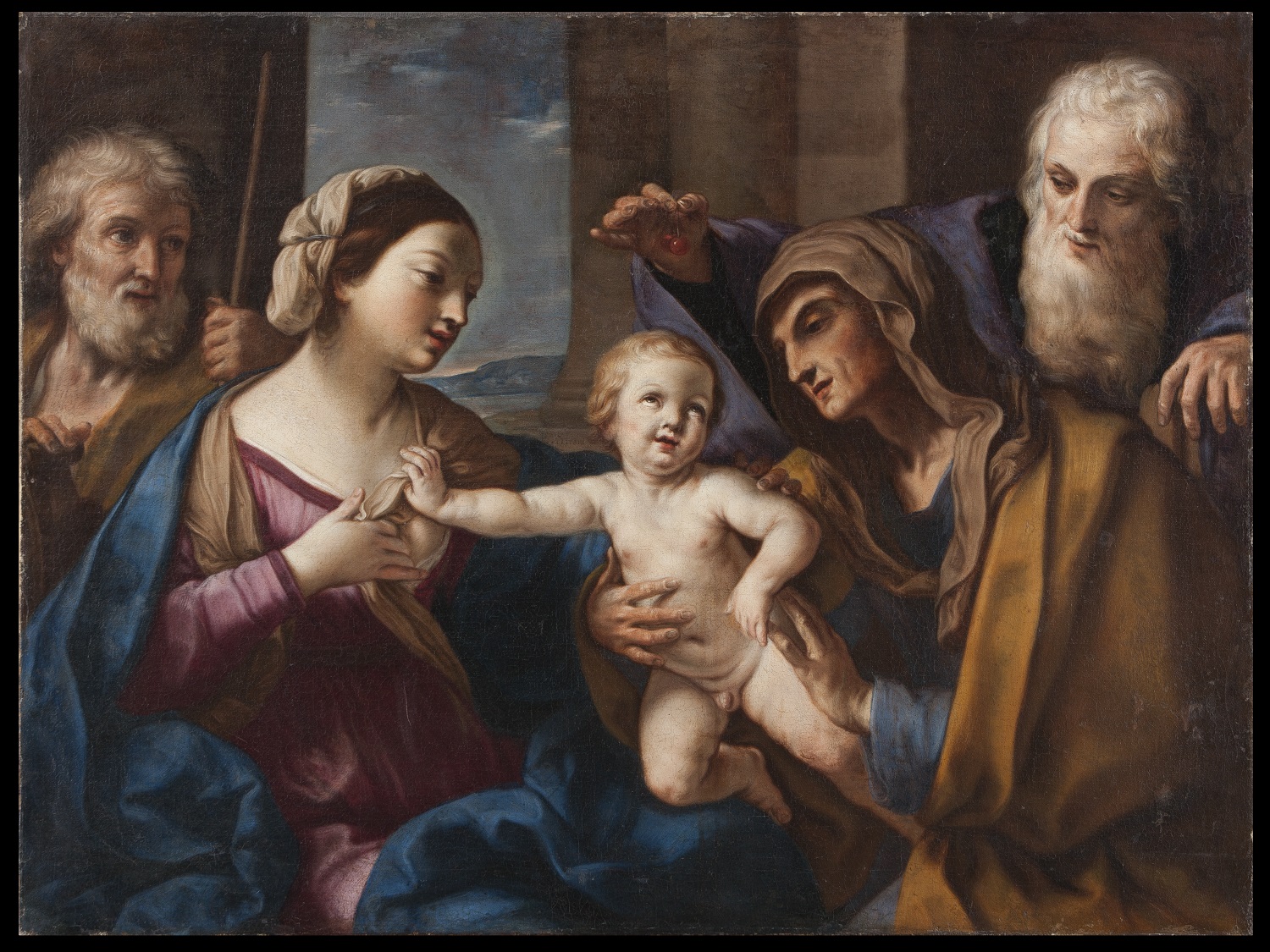
Elisabetta Sirani (Bologna, 1638-1665), Holy Family with Sts Anne and Joachim (Holy Family of the Cherries), c. 1662, Oil on Canvas, Milano, Private Collection
Remembered for prolific but short-lived career (she died at the age of just 27), Elisabetta Sirani worked at an impressive pace and with skilled artistic command. 35 works by the Bolognese artist, who was renowned for her beauty, are on display, coming from public and private Italian collections. Additionally, the artist’s Allegory of Painting, thought to be a self-portrait, is on loan from the Pushkin Museum in Moscow.
Maria Lai: the thread and the infinite
Curated by Elena Pontiggia
Palazzo Pitti, Andito degli Angiolini
Ongoing until June 3
Through the medium of string, Maria Lai weaves together Sardinian traditions and folklore with modern art. During the 20th and early 21st centuries, Lai created numerous abstract sculptures and artworks using paint, threads, textiles and moulding. The exhibition highlights some of her most memorable work, including 1967’s Oggetto-paessagio (Object-landscape) and touching on materials and topics including sewn canvas, writings, geographies (or her visions of the cosmic infinite, sewn onto canvas), and books.
Miraculous encounters: Pontormo from drawing to painting
Curated by Bruce Edelstein and David Gasparotto
Palazzo Pitti, Sala del Nicchie
May 8-July 29
Pontormo, Visitation, 1528-30, oil on canvas, Carmignano (PO)
In collaboration with the J. Paul Getty Museum in Los Angeles and the Pierpont Morgan Library in New York, Pontormo’s Alabardiere will return to Florence for the first time in over 20 years with a valuable selection of 16th-century works. The painting will be displayed alongside its preparatory sketch and the magnificent, only recently discovered Portrait of Carlo Neroni, as well as the famed Visitation from Carmignano, which will also be juxtaposed with a preliminary drawing.
Travel in style: driving cars and being driven by style
Curated by Caterina Chiarelli, Simonella Condemi and Alessandra Griffo
Palazzo Pitti, Museum of Costume and Fashion
June 5-December 20
An original and multidisciplinary exhibition featuring historic photos from the Archivio Locchi which highlight the fascination with cars during the 20th century. Photos will be accompanied by a display of travel clothes worn during this time, practical wear with colours and fabrics well-suited to the newly fast-paced and elegant era.
Islam and/in Florence: collectors from the Medici to the 19th century
Curated by Giovanni Curatola
Uffizi, Magliabechiana Hall, and Bargello Museum
June 19-September 23
Mamluk carpet, Florence, Uffizi deposits
The purpose of this exhibition is to explore the prominent exchange of works between the Renaissance capital and the eastern Islamic world over the 15th to 17th centuries, with particular attention on the Mediterranean basin. Islam and/in Florence will feature work in a vast range of media, including carpets, textiles, wooden materials, ceramics and glass, metals, ivories, semi-precious stones and manuscript and will be split across two locations. The Uffizi Galleries will focus on the 15th to the 17th centuries, while the Bargello will host works from the revival of Islamic art collection at the turn of the 19th and 20th century.
Fritz Koenig in Florence: Retrospective (1924 – 2017)
Curated by Eike D. Schmidt
Uffizi, Gallery of Statues and Paintings, and the Boboli Gardens
June 21-October 7
Fritz Koenig was a prominent sculptor of the 20th century and most famously sculpted the Sphere in New York’s Liberty Park which miraculously survived the 9/11 terrorist attacks. The sculptor always avoided exhibitions and art fairs, so Florence is hosting the first large-scale retrospective in his honor. Koenig frequently took inspiration from Italian art and antiquity; the retrospective will include drawings, models and small and medium sculptures at the Uffizi Galleries and bronze monuments in the Boboli Gardens.
Over time. The art of riding from antiquity to the Middle Ages
Curated by Lorenza Camin and Fabrizio Paolucci
Limonaia Grande, Boboli Gardens
June 26-October 1
Fragment of relief from the end of the first century BCE
This exhibition will demonstrate the strong bond between humans and horses that has existed since prehistory in many facets: mythology, daily life, sport, military activity, funerals, religious rituals. Used for sport and entertainment, horses have long been seen as beloved companions, but also as symbols of political power, means of transportation, and wartime tools. The exhibition will be ordered chronologically, starting with the first etchings found on the walls of caves from the 10th century BCE, through a journey of urns, statues, earthenware, harnesses and other “technology” linked to horses, and will finish with objects from the 15th century CE.
Leonardo da Vinci’s Codex Leicester. Water as a Microscope of Nature
Curated by Paolo Galluzzi
Uffizi, Magliabechiana Hall
October 29-January 20, 2019
Leonardo Da Vinci, Studies on the Ashen Light of the Moon
To mark the fifth centenary of Leonardo da Vinci’s death, his Codex Leicester will be temporarily lent to Florence. The pages of the codex will be displayed in their original form and made fully visible thanks to innovative technology. The exhibition is organised by the Uffizi Galleries and the Galileo Museum with a subsidy from the Fondazione Cassa di Rispiarmo di Firenze.
Fragile treasures: the porcelain roads between Vienna and Florence
Curated by Rita Baleri, Andreina d’Agliano, Claudia Lehner-Jobst
Palazzo Pitti, Sala del Fiorino
November 13-March 10, 2019
Porcelain table clock, Ginori manufactory, late 18th century
Thanks to many significant international loans, and a partnership with the Liechtenstein Princely Collections in Vaduz-Vienna, the works exhibited will draw attention to the 18th century reverence toward the exotic, antiquity and growing international taste. The exhibition will feature Ginori porcelain, paintings, sculptures, waxes, ivories, crystals and tapestries from Florence and Vienna.
Giorgio Vasari and the artists from Emilia and Romagna. A controversial relationship
Curated by Michele Grasso
Uffizi, Sala Edoardo Detti
November 20-January 2019
Giorgio Vasari, Mystic Marriage of Saint Catherine,
Department of Prints and Drawings, Uffizi Galleries
A selection of Vasari’s graphic works will be on display alongside drawings by Parmigianino, an artist who deeply influenced Vasari during his time in Bologna in 1539 and who is frequently mentioned in Vasari’s Lives of the Most Excellent Painters, Sculptors, and Architects. Among the other featured artists is Prospero Fontana, a friend and admirer from Arezzo.
Around the Rape of Polyxena. Pio Fedi, a classical sculptor in the years of Florence as capital
Curated by Simonella Condemi and Elena Marconi
Uffizi, Sala del Camino
November 25-February 21, 2019
Luigi Mussini, Portrait of Pio Fedi
The acquisition of a sketch of the monumental Loggia dei Lanzi will provide the opportunity to get to know the existing Pio Fedi works held in the Uffizi Galleries and to expand upon his extensive study of classical texts, carried out during the brief period when Florence was capital of Italy.
The golden chariot
Curated by Alessandra Griffo and Maria Matile Simari
Palazzo Pitti, Sala delle Nicchie
December 11-March 17, 2019
Johan Paul Schor has captured the essence of a Baroque celebration in his 1664 painting The Parade of Prince Giovan Battista’s Carnival Float for the Masquerade of the last Thursday Before Lent (pictured), recently acquired by the Uffizi Galleries and the centrepiece of this exhibition. The exhibition will investigate the significance of the golden chariot, a central element of the Baroque festival.
Woven Florence: Medici tapestries for the history of the city
Curated by Alessandro Griffo and Lucia Meoni
Palazzo Pitti, Sala Bianca
December 18-February 17, 2019
Federico di Lamberto Sustris and Benedetto Squilli, the consecration of Florence’s baptistery, 1563-1564
After undergoing minor restoration, three tapestries depicting the consecration of the Florence Baptistery, the Goths’ siege of Fiesole and the union between Florence and Fiesole will be on display. With the help of digital support, the exhibition will allow close examination and comparisons between preparatory sketches and the final works.
